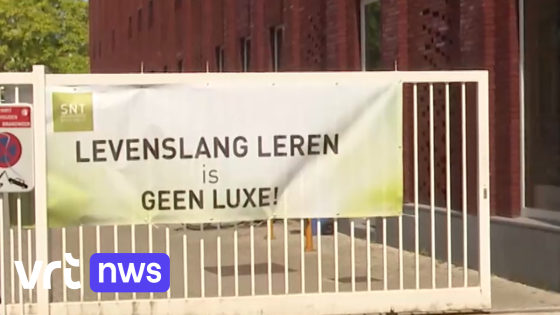Belgium is currently experiencing significant road disruptions due to intense heat and ongoing repairs, impacting daily commutes on major highways. On 2025-07-02 12:29:00, drivers faced delays on the E313 in Diepenbeek, where essential roadwork is underway to fix damaged surfaces. Meanwhile, the extreme temperatures have worsened conditions, causing asphalt to melt and concrete to crack across Limburg and Vlaams-Brabant.
- Hinder tijdens ochtendspits door wegdekherstellingen
- Bloedhete dag met intens onweer verwacht
- Vertraagd verkeer richting Rock Werchter via E313
- Limburgse wegen beschadigd door gesmolten asfalt
- Wegdek komt omhoog door hitte in Limburg
- Bestuurders rijden banden stuk door hitte
These combined factors are creating a challenging environment for motorists, especially during the morning rush hour. With the E313 and E314 heavily affected, many are left wondering how long these problems will persist and what precautions they should take. The question remains: how can Belgian authorities and drivers best manage this heat-related infrastructure strain?
Before heading to popular destinations like Rock Werchter, travellers should prepare for slower traffic and possible detours. Here is a quick look at the situation and what it means for road users.
What does this mean for Belgian drivers? The heatwave has exposed vulnerabilities in the road network, leading to:
- Slower traffic and extended commute times, especially during peak hours
- Increased risk of vehicle damage, such as tire blowouts from damaged surfaces
- Heightened need for maintenance and emergency repairs on key highways
- Potential for more intense thunderstorms adding to travel difficulties
As temperatures remain high, drivers should stay informed about road conditions and plan alternative routes where possible. Will Belgian authorities accelerate repairs to ease congestion? Staying alert and flexible will be key in navigating these summer challenges safely.































